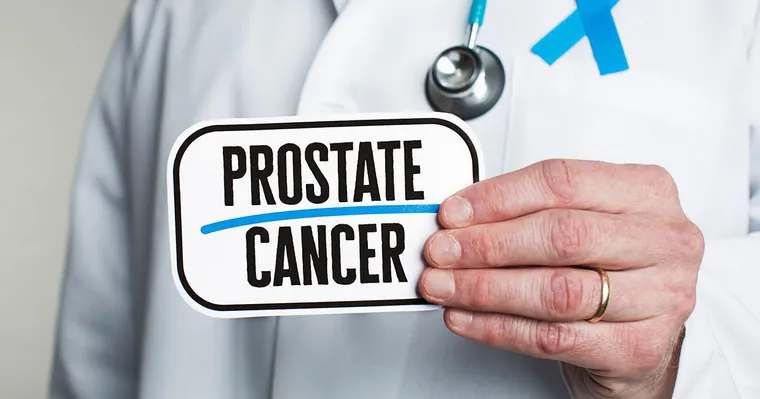The prostate is a small gland in men that plays a vital role in reproductive health, and issues with it—such as benign prostatic hyperplasia (BPH), prostatitis, or prostate cancer—can cause significant discomfort and concern. Recognizing symptoms like frequent urination, weak urine flow, or pelvic pain is crucial in detecting problems early. Fortunately, advances in medical science have made it easier to diagnose and treat prostate conditions with precision and improved outcomes. Addressing these issues promptly can drastically improve a man’s quality of life and prevent long-term complications.
Prostate treatment options vary depending on the diagnosis, severity, age, and overall health of the individual. Common treatments for BPH include lifestyle changes, medications like alpha-blockers or 5-alpha-reductase inhibitors, and minimally invasive procedures such as UroLift or Rezūm. For more severe conditions like prostate cancer, treatments range from active surveillance and hormone therapy to surgery and radiation. Prostatitis, often caused by bacterial infections, is usually treated with antibiotics and anti-inflammatory medications. With personalized treatment plans and emerging innovations in urology, men today have more choices than ever to manage and recover from prostate conditions.
Understanding the Types of Prostate Conditions
There are three primary prostate issues men commonly face: BPH, prostatitis, and prostate cancer. BPH is a non-cancerous enlargement of the prostate that affects urination. Prostatitis is the inflammation of the prostate, often accompanied by pain and urinary issues. Prostate cancer is a malignant condition that can be life-threatening if not caught early.
Diagnostic Methods
To determine the type of prostate problem, doctors use a variety of diagnostic tools. These include digital rectal exams (DRE), prostate-specific antigen (PSA) tests, urinalysis, ultrasounds, and in some cases, biopsies. Accurate diagnosis is key to choosing the right treatment approach and preventing unnecessary interventions.
Available Treatments
For BPH, treatments often start conservatively, with medication and lifestyle adjustments. If symptoms persist, procedures like transurethral resection of the prostate (TURP) may be recommended. Prostatitis treatment depends on the cause but typically includes antibiotics or alpha-blockers. Prostate cancer treatment depends on the stage and may involve surgery (prostatectomy), radiation therapy, hormone therapy, or even chemotherapy.
Lifestyle and Follow-Up
In addition to clinical treatments, lifestyle plays a crucial role in prostate health. A balanced diet, regular exercise, avoiding excessive alcohol, and staying hydrated can reduce symptoms and support recovery. Follow-up care, including regular PSA monitoring and physical exams, ensures early detection of any recurring or new issues.
Conclusion
Prostate health is an important aspect of men's overall well-being, and early detection and appropriate treatment are vital for successful management. With a wide range of treatment options and advancing medical technologies, men can now face prostate-related conditions with greater confidence and better outcomes. Consulting a urologist at the first sign of trouble can make all the difference in long-term health.

